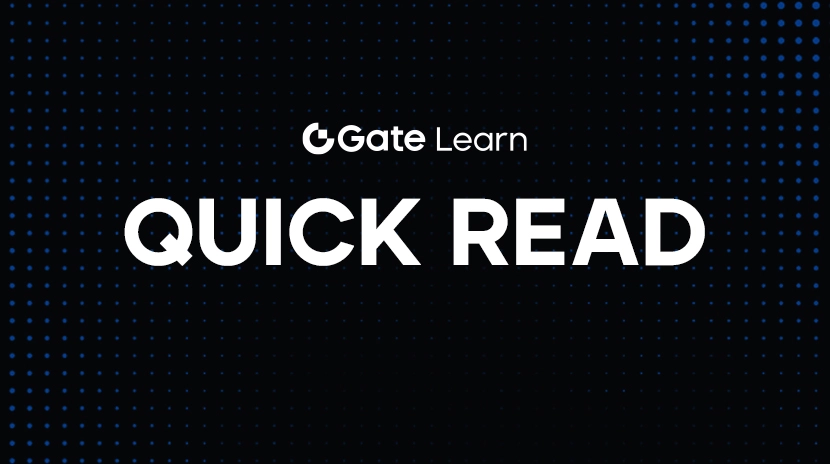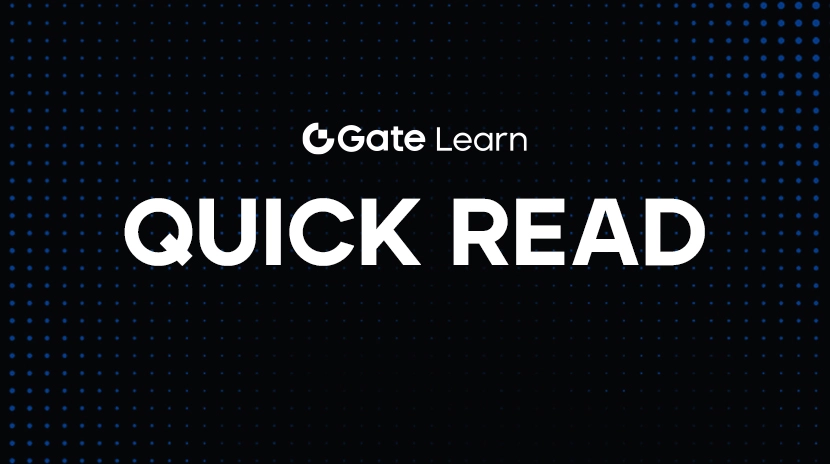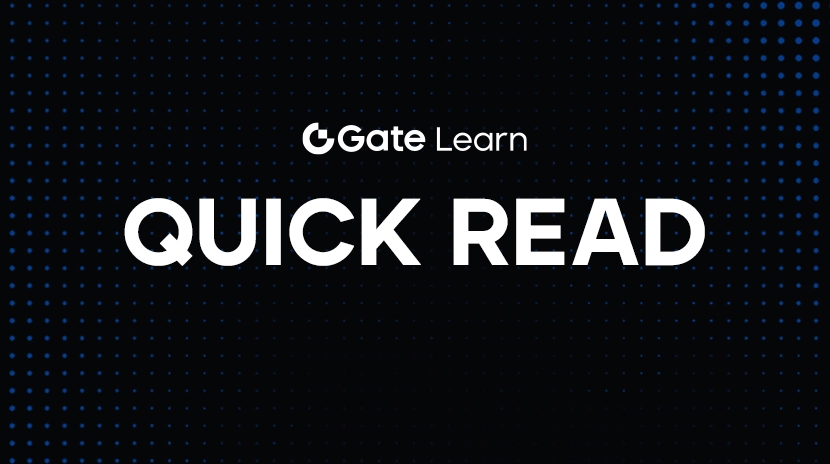Understanding Binance BTC Withdrawal Fees: Costs, Networks, and Best Practices
How Are Binance Withdrawal Fees Calculated?
Once you’ve built up a Bitcoin (BTC) balance on Binance, you may want to move it to a cold wallet, another exchange, or use it for payments. However, withdrawal fees can vary widely depending on the network you choose. These differences can significantly impact both how much you actually receive and how quickly your transaction is processed.
Core Mechanism for Binance BTC Withdrawals
Many users mistakenly believe that Binance profits from withdrawal fees. In reality, these fees primarily go toward covering the blockchain’s network fees (also known as miner fees). Binance does not charge a deposit fee (Deposit Fee = 0).
For example, if you withdraw 0.01 BTC from Binance to your own wallet, you might actually receive 0.0099 BTC. The missing 0.0001 BTC is the fee paid to the Bitcoin network validators, which Binance deducts for you.
Fee Differences Across Networks
When withdrawing BTC from Binance, you can choose from several blockchain networks—each with its own fees, transaction speeds, and compatibility considerations. The most common options include the native Bitcoin network, the SegWit network (addresses starting with “bc1”), Binance Smart Chain (BSC), which uses the BEP20 token standard, and the Lightning Network.
The native Bitcoin network is the most established and widely compatible but generally charges the highest fees. SegWit strikes a balance between stability and lower costs, making it ideal for most users. Binance Smart Chain (BSC), which uses the BEP20 token standard: transfers are quick and fees are nearly zero, but you must ensure the receiving platform accepts BEP20—otherwise, your assets could be unrecoverable. The Lightning Network offers ultra-low fees and almost instant processing, making it well-suited for small payments or for users already familiar with the Lightning Network. There is no single “best” network; the optimal choice depends on your specific withdrawal needs.
Real-World Withdrawal Examples
Suppose you want to withdraw 0.01 BTC from Binance. While that seems substantial, picking the wrong network could mean a significant portion is lost to fees.
- On the native Bitcoin network, the system might charge around 0.00015 BTC, so you’d end up with about 0.00985 BTC.
- On the SegWit network, fees drop to roughly 0.00003 BTC, letting you net about 0.00997 BTC.
- With BEP20—Binance’s own chain—fees are virtually negligible, allowing you to receive nearly the full 0.01 BTC. But always ensure your recipient supports BEP20, or your funds could be lost permanently.
These small amounts can add up quickly with large or frequent transfers. This makes network choice critical for saving on costs and ensuring successful, safe, and prompt withdrawals.
Why Do Withdrawal Fees Change?
Binance’s BTC withdrawal fees are not fixed—they adjust automatically based on:
- Current congestion on the Bitcoin network (network fees)
- The difficulty miners face when processing transactions
- The average processing speed across blockchain nodes
This means fees rise during network traffic peaks and drop during quieter periods. To minimize costs, try avoiding peak times (such as afternoons UTC or early Monday mornings).
Things to Check Before You Withdraw
- Confirm the network type your recipient address supports (to avoid mistakes)
- Check Binance’s minimum withdrawal amount and your remaining balance
- Review the real-time fee displayed on Binance’s withdrawal page
If you choose the wrong network, your crypto may become unrecoverable—Binance cannot guarantee the return of your funds. This is a critical error that every crypto user should avoid.
Sign up at: https://www.gate.com/
Summary
Binance’s BTC withdrawal fees are generally quite reasonable. By choosing the right network and timing your transactions, you can keep costs low and withdrawals efficient. If minimizing fees is your priority, the Lightning Network and BEP20 are top choices. However, always double-check that your recipient’s address supports the selected network.
Related Articles

2025 BTC Price Prediction: BTC Trend Forecast Based on Technical and Macroeconomic Data

Flare Crypto Explained: What Is Flare Network and Why It Matters in 2025

Pi Coin Transaction Guide: How to Transfer to Gate.com

How to Use a Crypto Whale Tracker: Top Tool Recommendation for 2025 to Follow Whale Moves

What is N2: An AI-Driven Layer 2 Solution
